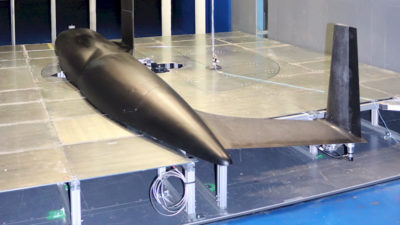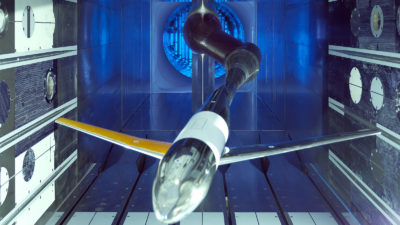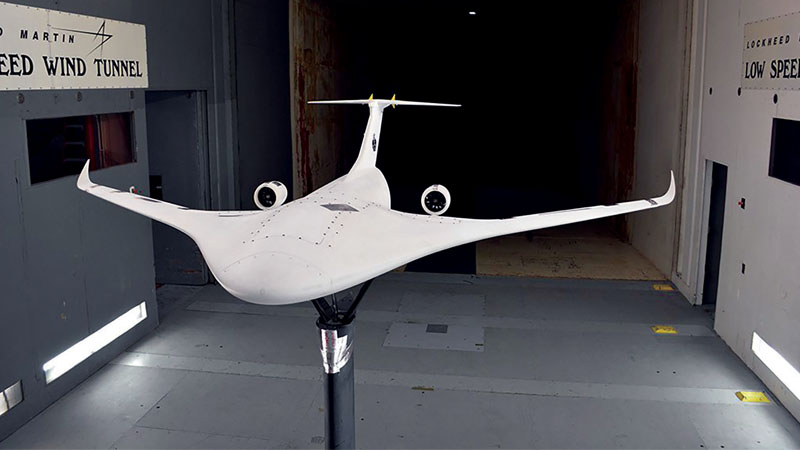U.S. Department of Defense advances survivability for spacecraft, aircraft and personnel
By MARK E. ROBESON|December 2022
The Survivability Technical Committee promotes air and spacecraft survivability as a design discipline that includes such factors as crashworthiness, combat and repairability.
This year, researchers at the U.S. Air Force Institute of Technology at Wright-Patterson Air Force Base in Ohio investigated space system survivability related to hypervelocity debris impacts originating from catastrophic breakup events within lunar orbit, as well as within 500-1,000-satellite megaconstellations in low- and medium-Earth orbits. In May, the researchers used an Air Force Research Laboratory cold gas gun to test the survivability of aluminum, silver and gold membrane mirror samples against high-speed impacts of simulated debris fragments. This testing supports ongoing research for on-orbit mirrors for space situational awareness mission augmented illumination. Current research related to spacecraft survivability in lunar orbit includes large-scale debris impact simulations using super-computing resources at AFRL facilities. Upcoming research will examine debris risks within the context of rendezvous and proximity operations conducted in cislunar periodic orbits and the lunar orbit regime.
In March, the Injury Biomechanics and Protection Group of the U.S. Army Aeromedical Research Laboratory at Fort Rucker in Alabama delivered to the Joint Combat Assessment Team a retrospective analysis of injury trends identified in combat damage incidents involving the Army’s rotary-wing fleet of aircraft. The analysis identified injury types, severities and mechanisms resulting directly from enemy weapons effects, as well as indirectly from crashes caused by enemy weapons. The data provide insight into potential improvements in crashworthiness and occupant protection for legacy and future rotary-wing aircraft. The JCAT received the results via training at the Naval Air Warfare Center in China Lake, California. At these training events, U.S. service members from all branches are trained to assess aircraft combat damage in an effort to identify the effects of enemy weapons on U.S. military aircraft. Combat damage incident reports written by JCAT assessors were a major component of the analysis. In addition to reporting on injury trends, the training allowed JCAT assessors to see how their assessment reports are used to potentially improve aircraft survivability.
Aircraft fuel tanks account for more than 75% of their total vulnerable area. Additionally, historical reviews of air combat data have shown that more than 50% of aircraft combat losses are due to fires and explosions. Therefore, being able to understand these complex phenomena is a critical first step toward developing accurate vulnerability assessment models that support aircraft survivability requirements development and aircraft design decisions. The U.S. Air Force 704th Test Group at Wright-Patterson Air Force Base collaborated throughout the year with other U.S. military and international partners on multiple test programs to generate critical data needed to develop and validate these complex models. First, testing in January quantified the likelihood of ullage ignition and resulting overpressures for ullage reactions inside an aircraft fuel tank containing a flammable, homogenous mixture of air and jet fuel vapors. Second, testing in June generated data to predict more accurately the probability of a threat-initiated fire in aircraft dry bays. Additional testing in June generated quantifiable test data to improve the accuracy of modeling and simulation tools to enable early hydrodynamic ram evaluations of next-generation aircraft structures.
Contributors: Robert A. Bettinger, Frederick T. Brozoski, Jennifer D. Dudek and Scott R. Wacker



































